Gardening for Pollinators
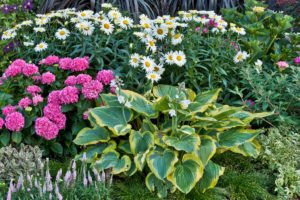 From the time we are little children, we are fascinated with pollinators—the bees, butterflies, hummingbirds, and other small creatures that 85% of the world’s flowering plants need to reproduce and produce seeds or fruit. They really are an essential part of a healthy environment.
From the time we are little children, we are fascinated with pollinators—the bees, butterflies, hummingbirds, and other small creatures that 85% of the world’s flowering plants need to reproduce and produce seeds or fruit. They really are an essential part of a healthy environment.
Did you know that one out of every three bites of food you eat is thanks to a pollinator? That includes many of our favorites, from apples to tomatoes. The food we use to feed livestock also requires pollinators. Even the cotton clothing we wear is made from plants that require pollinators. We simply can’t live without them.
Why Should We Garden for Pollinators?
You can see how important it is to have plenty of pollinators around our gardens, farmers’ fields, and undeveloped spaces. But because of a variety of factors including loss of habitat, predators, diseases, and pesticide exposure, honey bee health is in decline. Some native bees and butterflies are threatened, too. It’s more critical than ever to grow heathy, diverse gardens that provide shelter and food for them. Just think of the impact we could have collectively if everyone planted even just a few plants for pollinators!
The best way to encourage bees, butterflies, hummingbirds, and other pollinators to come into your garden is to grow lots of different kinds of annuals, perennials, shrubs and trees that provide nectar and pollen all season. Take a look around your garden and see if there are any times during the growing season when you could use more flowers to feed the pollinators. This will encourage them to take up residence in spring and not leave until it’s time to migrate or hibernate in the fall.
Let’s take a closer look at what kinds of flowers will attract bees, butterflies and hummingbirds into your garden and keep them well-fed all season long.
Bring on the Bees!
View all of the Bee-Friendly Plants we offer.
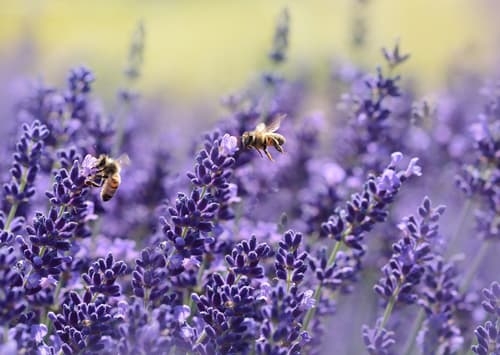
Bees win the gold medal when it comes to pollinating plants and flowers. They are the most efficient pollinators we know and love, but some of them are better at their job than others.
Large, fuzzy bumblebees first make their presence known in early spring by their distinctive low hum and sluggish speed. They pollinate some of the earliest spring blooming flowers like Lenten roses (Helleborus) and bleeding hearts (Dicentra), but their large size precludes them from pollinating very small and narrow tubular flowers.
Honeybees certainly get the most publicity of the bunch. They pollinate many of our favorite food crops like blueberries, almonds, apples and pears, and are common visitors in our gardens too. Honeybees are managed by bee keepers who “grow” them in stacked boxes along the edges of farm fields or at the back of the garden. They are native to Europe and can be susceptible to numerous parasites and diseases. Their colonies are now threatened in many parts of the country where colony collapse disorder is a huge problem.
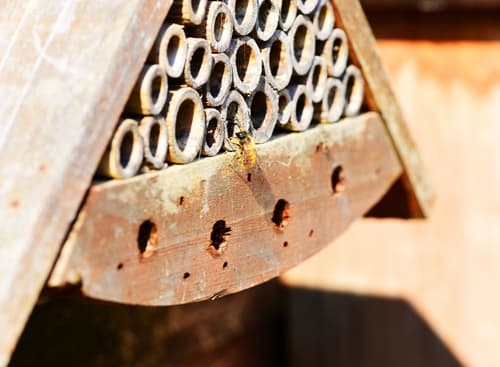
Wild native bees don’t get much hype, but they are present in great abundance. In the U.S. alone, it is estimated that there are 3,600 to 4,000 species of native bees. They aren’t managed by bee keepers, but rather make their homes in the ground (70% of wild bees are ground nesters) or in cavities like the hollow stems of plants or the “bee hotels” that have become popular in the last few years. Wild bees are incredibly efficient pollinators. It takes far fewer of them to pollinate farmers’ crops, or your own apple tree, than non-native bees like honeybees.
To encourage more bees to come to your garden, it’s important to provide a place for them to make their nests somewhere in the landscape, small brush pile or area left wild with dry grasses, and to provide a consistent food source.
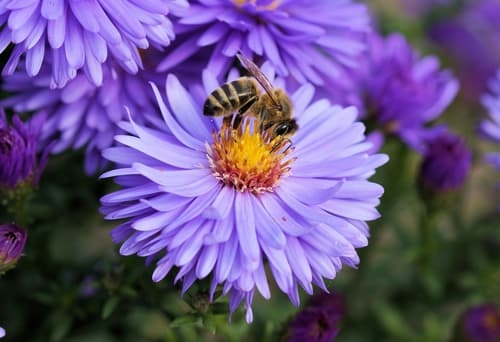
Blue, purple, violet, mauve, yellow and white flowers are best for attracting bees. Single flowers that are rich in pollen and nectar are best, along with flat, shallow, or tubular flowers that have a place for them to land. Double flowers make it more difficult for the bees to reach the food source within the flower. Their favorite flowers often have a mild, fresh scent to them, which also plays a role in the attraction.
Shop all plants that attract bees.
Where Are All the Butterflies?
View all of the Butterfly-Friendly Plants we offer.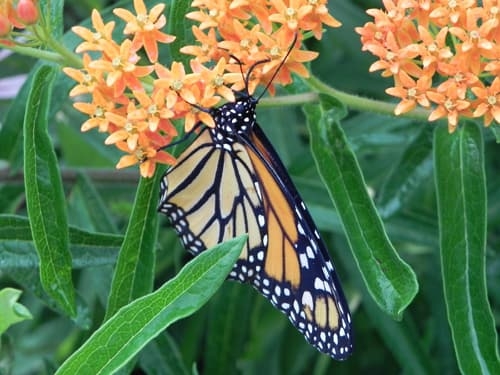
Butterflies are among the most beloved creatures of the garden. But their populations are dwindling too, like honeybees, so we need to do our part to provide safe breeding grounds and food sources for them. Here are a few things to keep in mind when gardening for butterflies.
Though they feed on many different kinds of plants, butterflies are very particular about where they will start their families. Most will lay their eggs on just a few specific plants like milkweed, lupine, false indigo, lilacs and native grasses like panicum. It’s important to grow these kinds of plants along with the flowers that will feed them once the caterpillars turn into butterflies.
Butterflies like many of the same kinds of flowers that bees do, but they are really in it for the nectar rather than the pollen. Nectar-rich flowers like phlox, lantana and butterfly bush are a few of their favorites. Butterflies need the warm sunshine in order to function properly, so most flowers they favor tend to be those that grow well in full sun.
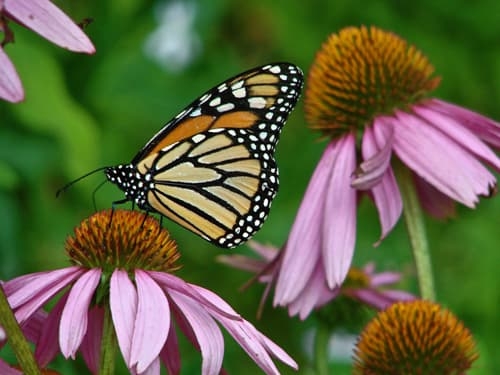
Butterflies tend to prefer flowers that offer a nice, big spot to land on safely, like the prominent orange cone of a purple coneflower. Though they prefer flat or disc-shaped flowers, they will also feed from narrow tubular flowers that have a lip for landing on, like abelia.
Butterflies are most attracted to brightly colored flowers including red, pink, purple, yellow, and orange. They tend to leave the blue and white flowers for the bees to pollinate, though there are a few exceptions like daisies (Leucanthemum) which they both enjoy. Scent doesn’t play a major role in attraction, but some of the flowers butterflies prefer have a faint, fresh fragrance.
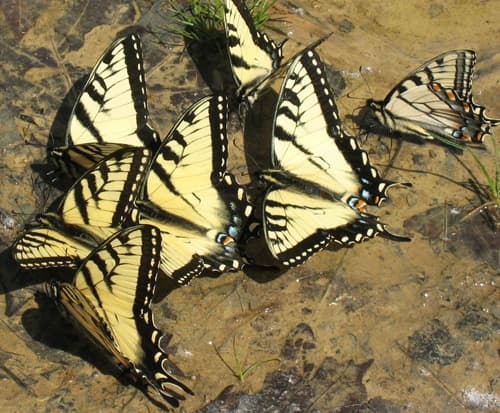
To keep butterflies coming around the garden, make sure there are flowers blooming throughout the whole growing season. Also, provide a place for them to rest, like a large, flat stone where they can bask in the sun. Place it near a water source where they can drink. Butterflies like to do what’s called “puddling” where they drink water and extract minerals from damp, muddy or sandy puddles. (Native mason bees love mud too!)
Shop all plants that attract butterflies.
Gardening for Hummingbirds
View all of the Hummingbird-Friendly Plants we offer.
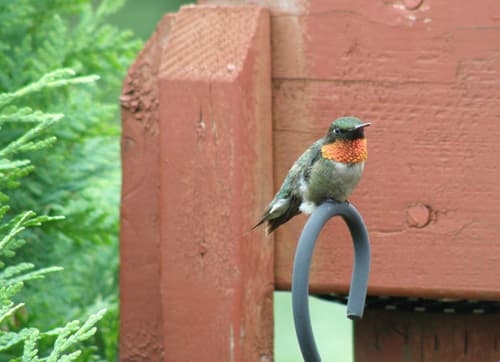
You may not realize it, but hummingbirds are great pollinators! But pollination is just a side gig for them. They are too busy gathering as much as twice their body weight in nectar every single day just to stay alive. Hummingbirds pollinate flowers when they go to drink the nectar and their head rubs against the stamens and pistils, collecting the pollen. They collect and deposit it as they move from flower to flower.
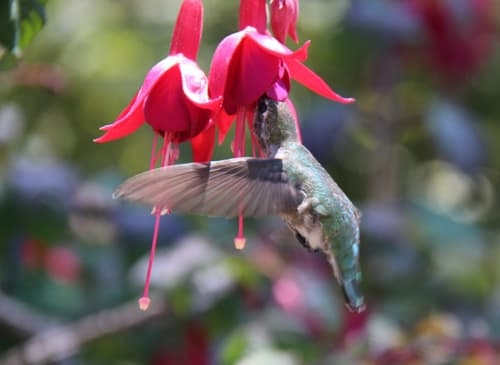
It’s thought that many kinds of wildflowers depend on hummingbirds for pollination, though they are good at pollinating many different kinds of annuals, perennials, shrubs and trees. But they have a pretty bad sense of smell, so flowers don’t need to be fragrant for hummingbirds to find them. Once they do, they often remember and return to their favorite spots from year to year.
Hummingbirds require both nectar and protein for food. Tiny insects like spiders and gnats provide the protein for themselves and their babies. Hummingbird feeders and flowers provide the nectar.
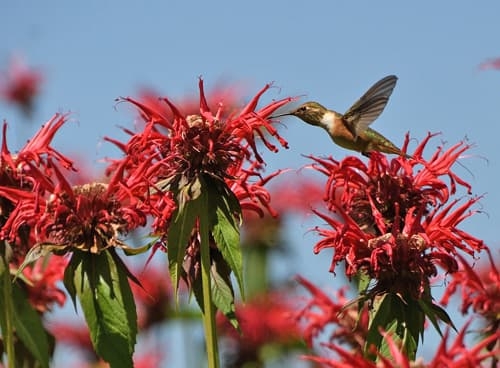
Brightly colored red, orange and yellow flowers are typically most attractive, but you’ll have to look beyond color to attract hummingbirds to your garden. These birds need a strong support to perch on, like the stem of a canna lily, and are most attracted to funnel-shaped, tubular, or cup-like flowers like bee balm and potentilla. Their long, tube-like tongues can lick a nectar source up to 20 times per second. It’s no wonder they need so many calories to sustain those eating habits!
Shop all plants that attract hummingbirds.
Written by: Susan Martin
